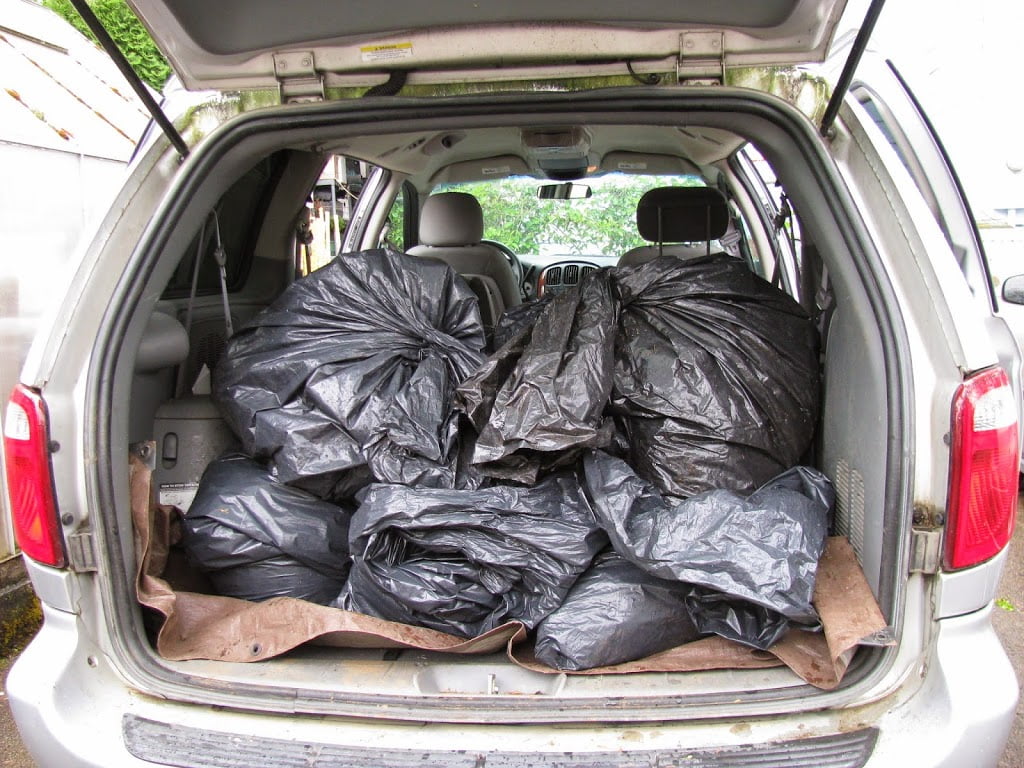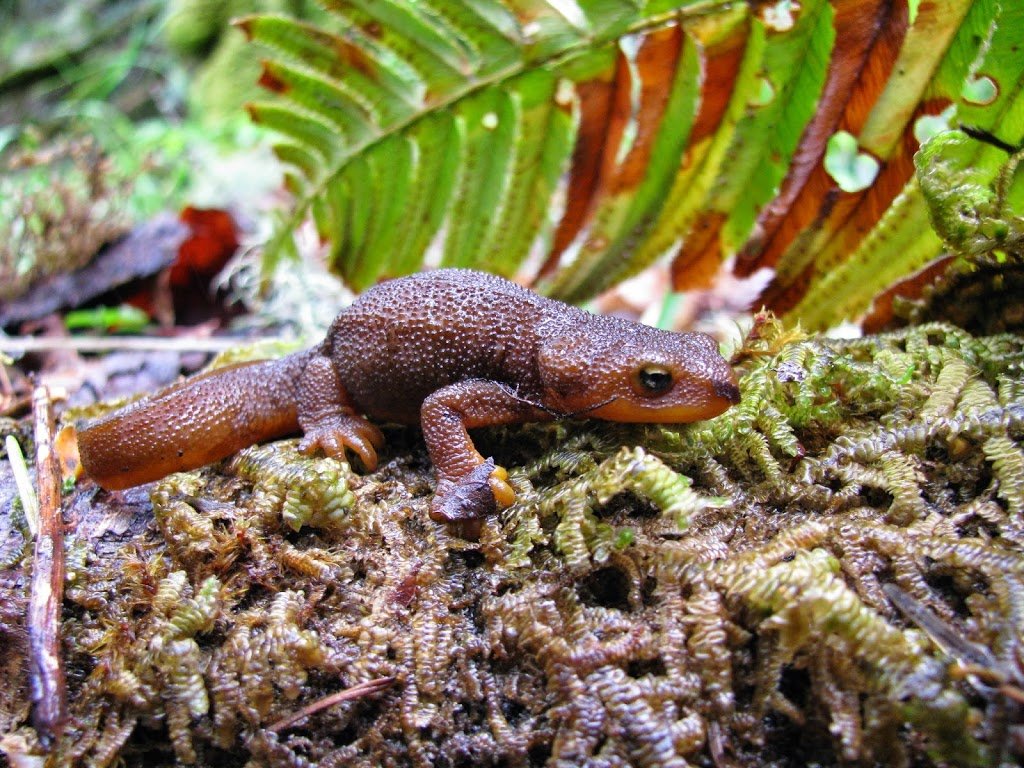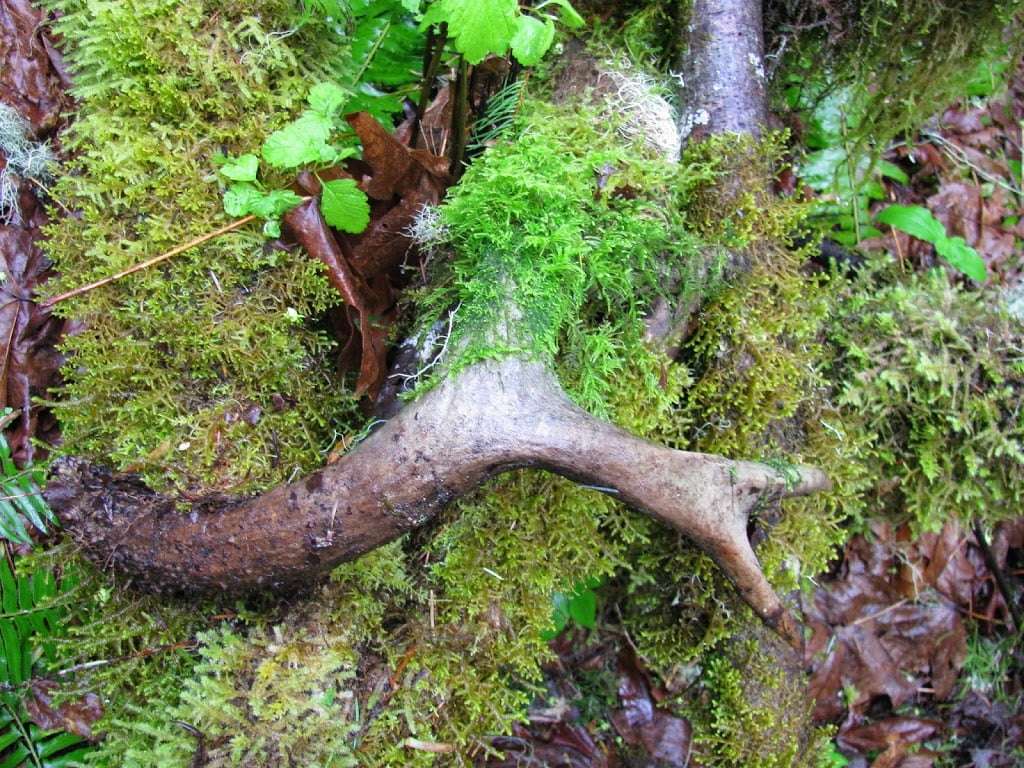
Battling Brachypodium sylvaticum (false-brome)
We’re at it again! This time, however, instead of scouting out a rare flower, we are attempting to eradicate the all too familiar Brachypodium sylvaticum (false-brome). Although B. sylvaticum may not be as ostentatious as other invasives, such as Himalayan blackberry and Scotch broom, do not underestimate the effect that this intruder can have on a landscape. It can grow well in shade or sun and can thrive at elevations of 200 feet all the way up to 3500 feet. Just a few small clumps of this grass can displace the native forbs and grasses (such as Bromus vulgaris) in a very short period of time. For more information on the differences between B. sylvaticum and B. vulgaris, check out last year’s blog on Maxfield Meadows.
 |
| The dreaded false-brome, Brachypodium sylvaticum. Photo credit: Scott Orr |
With the “Oregon sun” beaming down on us (lightly cloudy with a chance of rain) we once again ventured out to Maxfield Meadows, a site managed by the Salem District BLM, that has been under restoration since 2007. Although most of the lower portion of the site had just a scattering of B. sylvaticum, its resilience became evident as we began venturing further up the drainage that runs through the site. Some of the larger patches were around 600 meters squared.
 |
| A whopping 240 lbs. of false brome collected over the course of two days. Photo credit: Emma MacDonald |
To be honest, pulling false brome is not the most engrossing sort of work. We had plenty of time to check out other flora and fauna in the area. With the recent rains and high soil saturation, the newts and salamanders were out in force.
 |
| Rough-skinned newt (Taricha granulosa). Photo credit: Emma MacDonald |
We also passed our time enjoying the songs of Wilsonia pusilla (Wilson’s warblers), Troglodytes pacificus (Pacific wrens), and Empidonax difficilis (Pacific-slope flycatchers), along with the low drumming of a Dendragapus fuliginosus (sooty grouse) in the distance. Emma even stumbled upon this sizeable antler shed which blending in with the encroaching moss and debris.
 |
| Deer shed covered in moss. Photo credit: Emma MacDonald |
All in all, it was a very successful couple of days as we work towards restoration.
